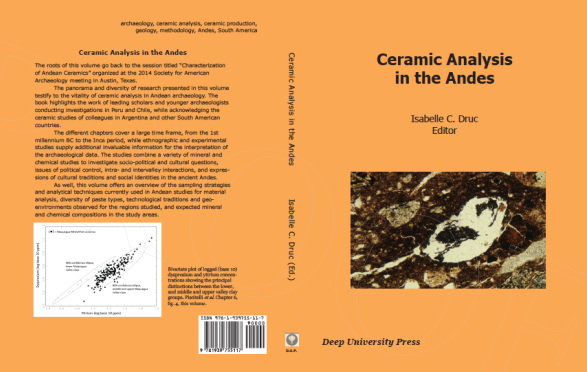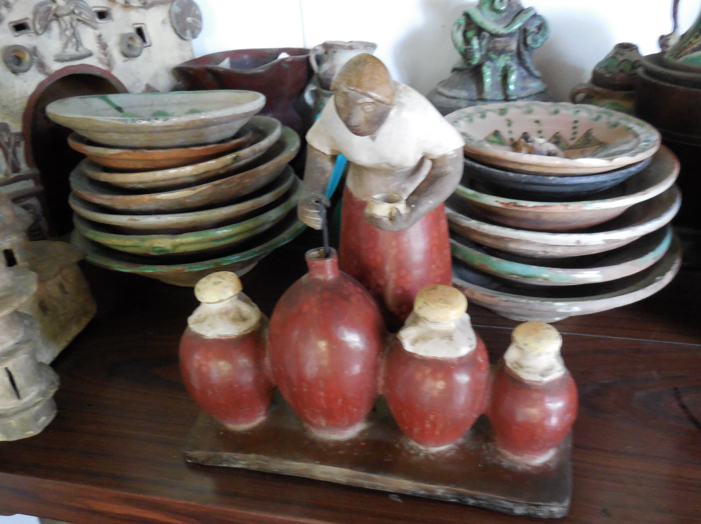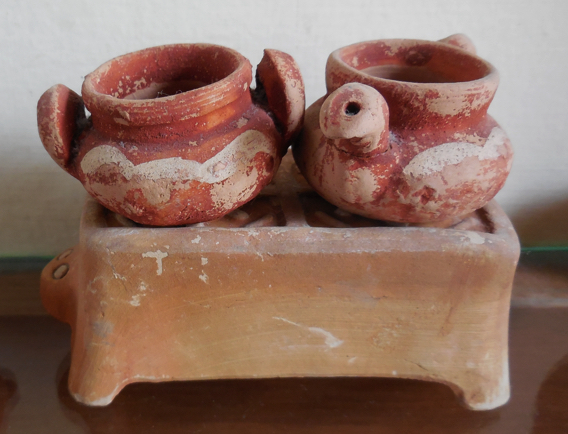Ceramic Analysis in the Andes
Dr. Isabelle C. Druc (Ed.)
|
Mineral and chemical analyses of ceramics are becoming now more frequent in Andean Archaeology, directed to answer questions that go far beyond the sourcing of raw materials. As is highlighted in this volume, compositional data is used to tackle issues of political control, intra- and intervalley interactions, social identities, and expressions of cultural traditions.
The roots of these chapters go back to the session titled "Characterization of Andean Ceramics" organized at the 2014 Society for American Archaeology (SAA) meeting in Austin Texas. The session meant to offer a perspective on the state of ceramic analysis in the Andes, on recent views about manufacture and circulation of wares in different regions of study, conditions of production, socio-political contexts in which these industries flourished, agents involved, and technological traditions. Another aim was to gain an overview of the different sampling strategies and analytical techniques currently used, diversity of paste types and geoenvironments per region, and expected mineral and chemical signatures in the study areas. It is by sharing data and ideas, and by having a broader perspective on the analytical tools and research orientations, that we will be able to promote Andean ceramic analysis to a higher level, reaching a vision beyond local, isolated projects and linking technology to society. |
CONTENT
1. Ceramic Analysis in the Andes: Linking Technology and Society. An Introduction to the Volume Isabelle C. Druc 2. Pottery and Social Complexity in Tarapacá: Reviewing the Development of Ceramic Technology in the Atacama Desert (Northern Chile) Mauricio Uribe Rodríguez and Estefanía Vidal Montero 3. Charophytes in My Plate: Ceramic Production in Puémape, North Coast of Peru Isabelle C. Druc 4. Internal vs. External: An Examination of Moche Politics Through Similarities and Differences in Ceramic Style Michele L. Koons 5. The Residues of Power: Women, Chicha, and Agency in the Middle Horizon Andes c. AD 600 – 1100 Ann O. Laffey 6. Inferring Socio-Political Dynamics in the Moquegua Valley through Geochemical Analysis Matthew Piscitelli, Sofia Chacaltana Cortez, Nicola Sharratt, Mark Golitko, and Patrick Ryan Williams 7. Ceramic Exchange and Community Interaction in the Late Prehispanic Cajamarca Basin, Northern Peru Jason L. Toohey 8. Networks of Ceramic Production and Exchange in the Late Horizon: Characterization of Ceramic Styles and Clays on the Central Coast of Peru Krzysztof Makowski, Ivan Ghezzi, Hector Neff, and Gabriela Ore 9. Sampling Paste for Thin Section: An Andean Case Study of the Initial Steps of Petrographic Research Laura G. Marsh and Isabelle C. Druc 10. Ceramic Perspectives Mary F. Ownby |
|
The concepts of communities of practice and technological traditions are becoming interpretative tools frequently used in Andean archaeology and the different steps of the chaîne opératoire are examined from a paste perspective, linked or not to the identification of socio-cultural groups. For sure, technological traditions do not stop short at the first steps of manufacture, but in archaeology a complete view of the process is rarely possible. Ceramic studies, combining surface and paste analysis, then, are the best tools we have to identify a technological tradition and link technological choices to a community of practice or social group. How the ware was formed, if shaping started with a round clay ball or a slab, or if several techniques were used to produce a pot are all distinguishing characteristics of a ceramic technological tradition. These elaboration steps are often out of the archaeologist's reach, unless we can examine entire or big enough pieces, and even then some of these traits are difficult to detect. However, other steps, like surface treatment, coating, form, decoration, are observable variables of a ceramic tradition.
|
|
The petrographic analysis of ceramic fragments from the Formative site of Puémape on the north coast of Peru (figure 1) revealed the presence of skeletal and non- skeletal fragments (bioclasts) of microfossils, non-skeletal allochems, algae remains, and organic-derived porosity, which provide information in regards to the resource areas exploited by the ancient potters.
|
This ceramic corpus was first examined in the late nineteen nineties focusing on the mineral composition of the paste, but the technical report, in Spanish, was only recently published (Druc 2014). The desire to elaborate a map of ceramic technological traditions for the Jequetepeque Valley and adjacent areas prompted a re-examination of the Puémape ceramics.
|




